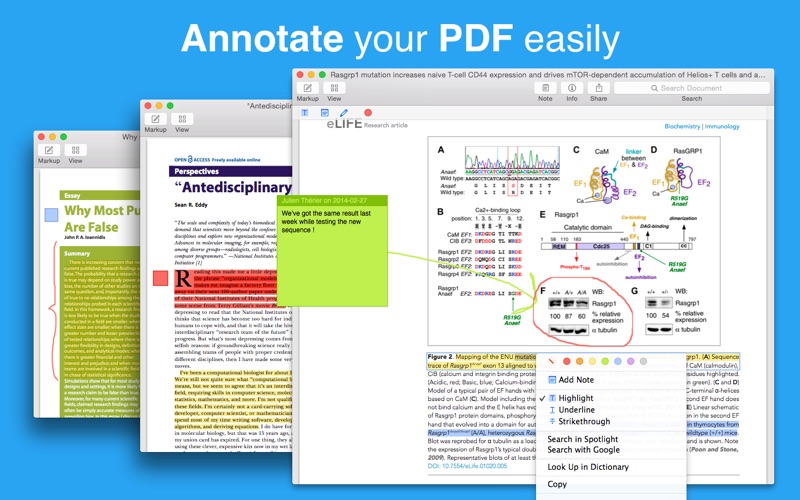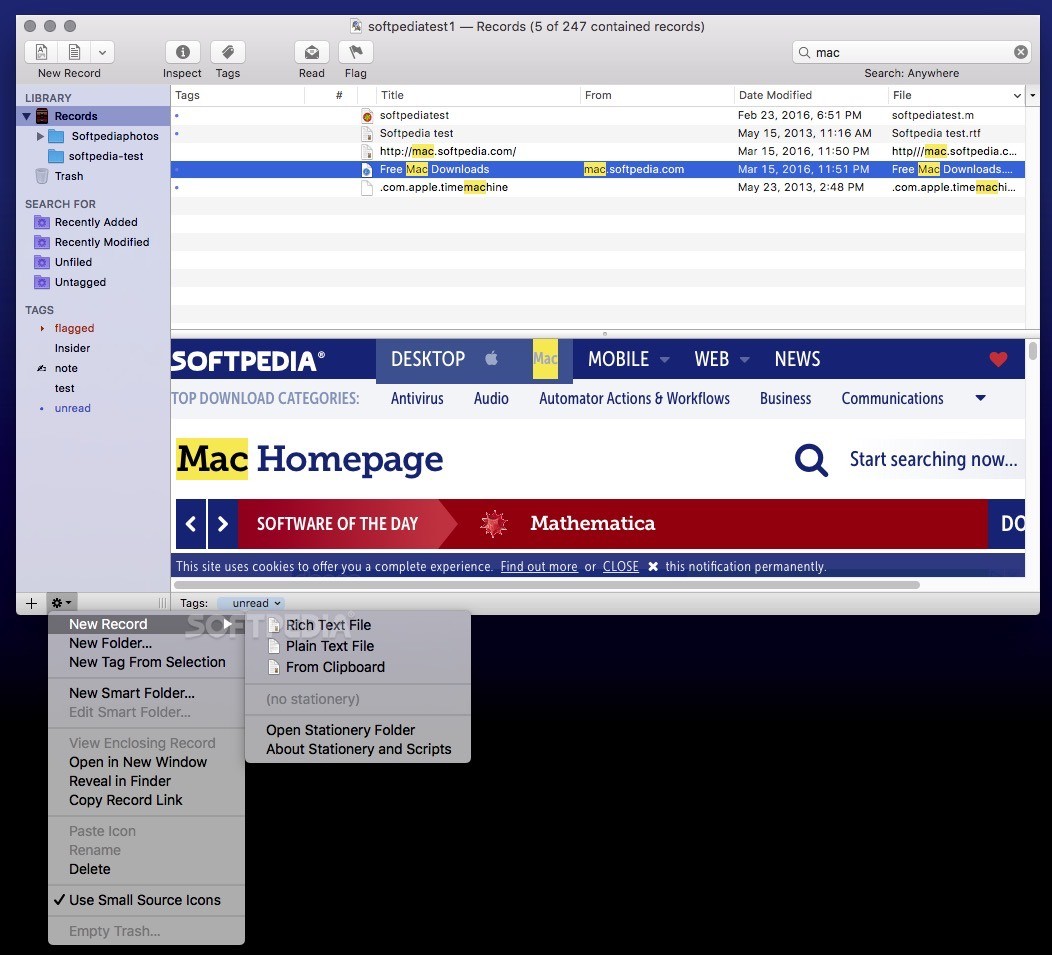

Of fsync() on MacOS X is the same as it is on every other version of On MacOS X, fsync() always has and always will flush all file dataįrom host memory to the drive on which the file resides. Darwin didn’t change their fsync because they already had their fnctl to provide the option where needed.
#Eaglefiler sync full
Yes newer kernels (2.6 onward or something?) changed the semantics of fsync() to request the full cache flush too.

Darwin independently added the special fnctl to do a “ FULLSYNC” long ago On earlier versions of the Linux kernel and in posix fsync() didn’t used to flush the cache either. Surely that’s a mischaracterisation to claim they’re “cheating” - this is just legacy diversions. Often, what you really want is F_BARRIERFSYNC, not F_FULLSYNC.Or, perhaps, these non-Apple SSDs are lying, too. Compared with other SSDs that actually do flush, Apple’s are (for unknown reasons) much slower, though they are faster when not flushing.Many non-Apple SSDs don’t actually flush their cache when doing F_FULLSYNC they seem faster because they lie.fsync() does different things on Mac and Linux for historical reasons.So, effectively, Apple’s drive is faster than all the others without cache flushes, but it is more than 3 times slower than a lowly SATA SSD at flushing its cache. So effectively macOS cheats on benchmarks fio on macOS does not give numbers comparable to Linux, and databases and other applications requiring data integrity on macOS need to special case it and use F_FULLSYNC. Instead, they provide an F_FULLSYNC operation to do what fsync() does on Linux.

On Linux, fsync() will both flush writes to the drive, and ask it to flush its write cache to stable storage.īut on macOS, fsync() only flushes writes to the drive. It turns out Apple’s custom NVMe drives are amazingly fast - if you don’t care about data integrity.


 0 kommentar(er)
0 kommentar(er)
